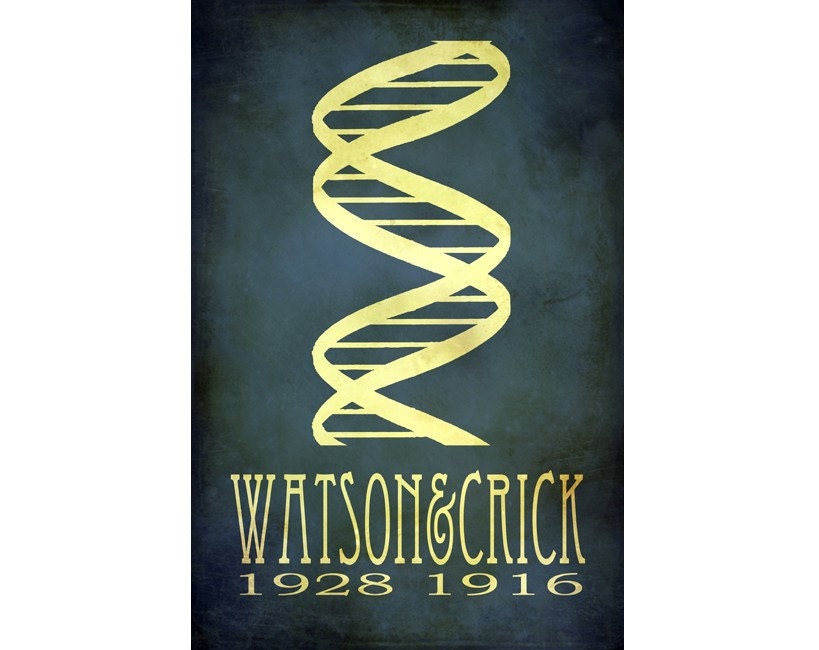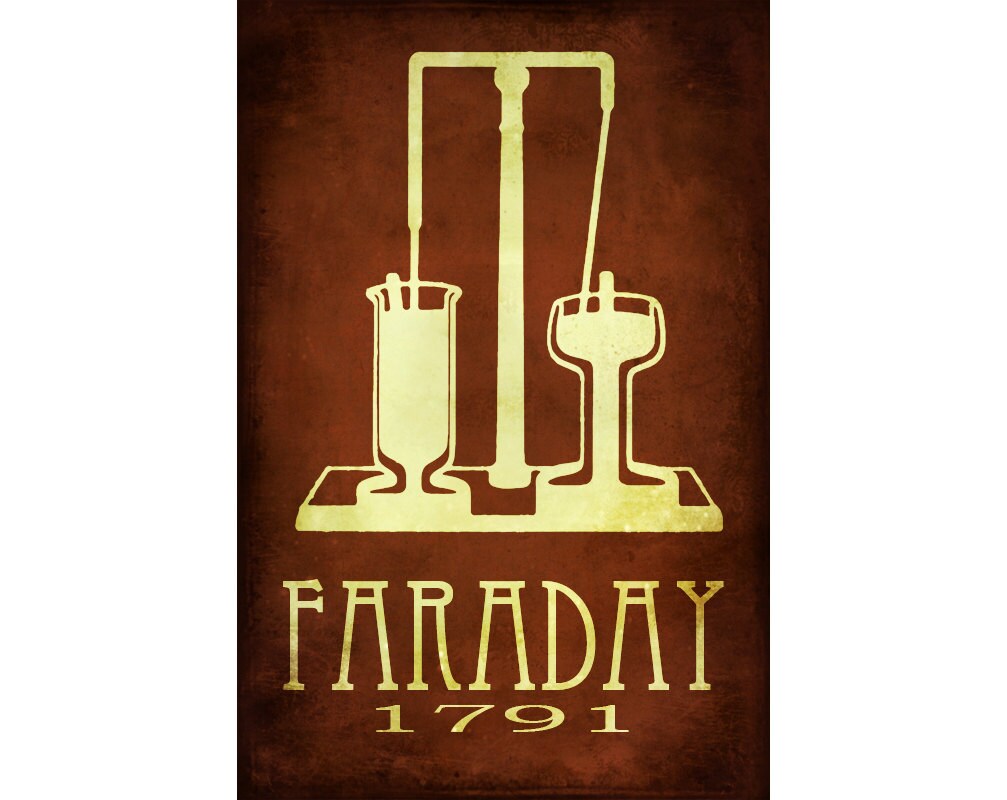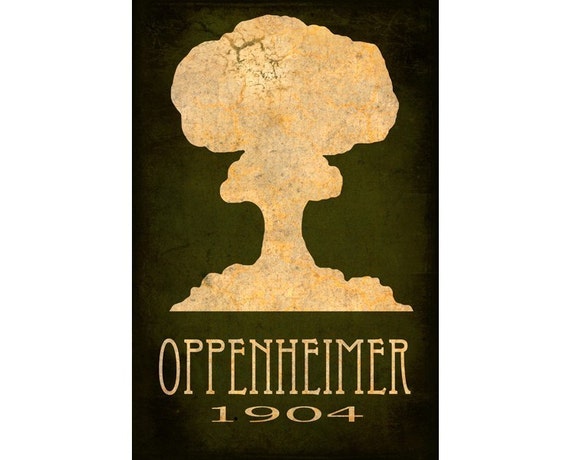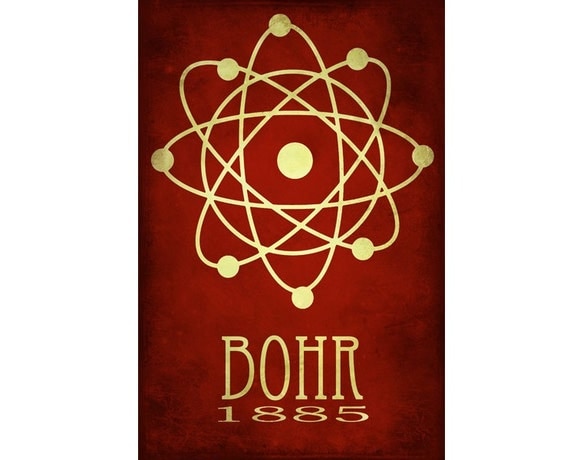Fortunately I found Megan Lee on Etsy selling some rather cool, minimal image-oriented posters that sum up the scientist in a form of a vector icon. Its sort of the look I was going for at the moment anyway, as the style of image making goes hand in hand with the science theme which obviously uses very simple icons and symbols to quantify and qualify certain elements within their chosen field.
The use of type is something I wont be learning very much from as there is nothing bu t the names and a date underneath which corresponds to the date of discovery concerning their field of work, be it something to do with quantum mechanics or chemical warfare.
Rock Star Scientists is what Megan Lee calls this series, which I think is a really cool name, personally. Makes me consider if I am going to have a serious tone with the science brief, although I dont think I will as it will bore the hell out of the intended audience as well as anyone else.





































